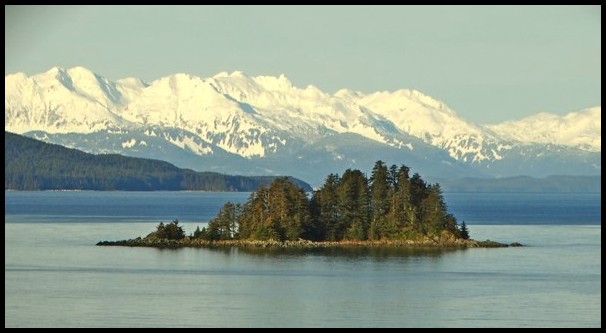
All About Alaska’s Spectacular Inside Passage
Unlike other US states that are dividing into counties, Alaska is partitioned into regions. More specifically, Alaska has five huge geographically-named regions: North, Interior, South West, Aleutian Islands and South East Alaska.
South East Alaska, as it name implies, is located southeast of the bulk of Alaskan state. But it’s not simply a southeastern chunk of the bulky state. It’s actually really quite far southeast of the rest of Alaska, occupying a long narrow coastal strip of land called the Alaskan Panhandle. Geographically, it appears to be part of the Canadian province of British Columbia, which borders the panhandle on the east.

South East Alaska is one of Alaska’s most physically dramatic and diverse regions. It’s comprised of high mountain ranges running parallel to the coast, glaciers and icefields, massive forests, plentiful rivers and small lakes, narrow strips of flat coastal land, more than 1000 islands making up Alexander Archipelago, and myriad ocean bays, coves, fjords and channels running between the islands.
A few remote towns and dozens of native villages are scattered throughout the region. Most notable are Sitka, Ketchikan, Juneau and Skagway.
South East Alaska is also often referred to as the Inside Passage. In truth, South East Alaska is completely enveloped within the much larger Inside Passage. It’s a series of natural waterways that run along the northwest coast of the Pacific Ocean for over 1000 miles.
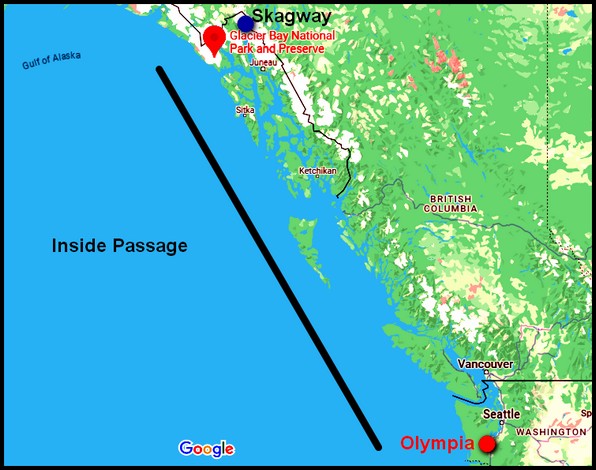
This vast network of relatively protected waterways have been used for millennia by people to traverse the region. Various indigenous groups navigated the waterways, fished and lived on the many islands & coastal areas for thousands of years before white men arrived. Since then, the passages have been used to transport goods as well as for fishing, cruises, recreational boating and getting along the coast.
About half of the mighty Inside Passage, 500 miles north to south, runs through South East Alaska. The waterways continue much further south along the coast of Canada and northern Washington State, finishing at Olympia, WA, located at the southern tip of Puget Sound. The northern extent of the Inside Passage is at Skagway, Alaska, and Glacier Bay National Part, both located within South East Alaska.
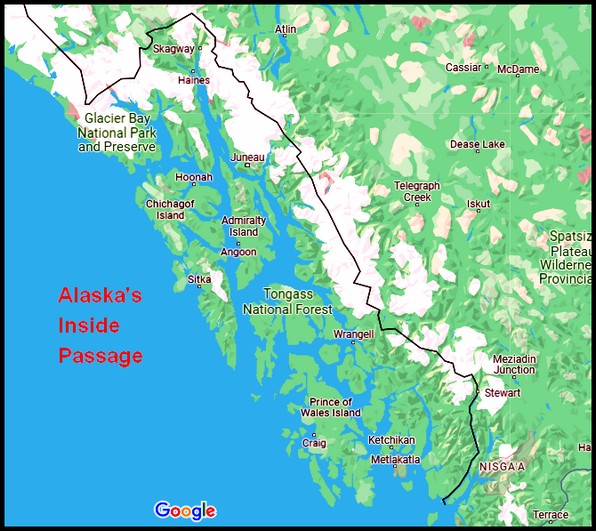
Alaska’s spectacular portion of the Inside Passage is the main route for most of Alaska’s famed cruises. It’s there cruise ship passengers vacation in order to witness glaciers, glacial calving and icebergs; whales, sea lions and other marine animals; bald eagles and various sea birds; brown and black bears; salmon spawning in rivers; the world’s largest temperate rain forest and the beautiful arts & cultures of indigenous tribes who still live in the region.
A large part of the region’s beauty is due to Tongass National Forest, America’s largest national forest and the world’s largest temperate rain forest. Tongass covers all of South East Alaska. The vast forests are comprised mainly of Sitka Spruce and Hemlock trees. In many places, the trees are dripping with long lichen tendrils, a rare sight for cold-loving evergreens.
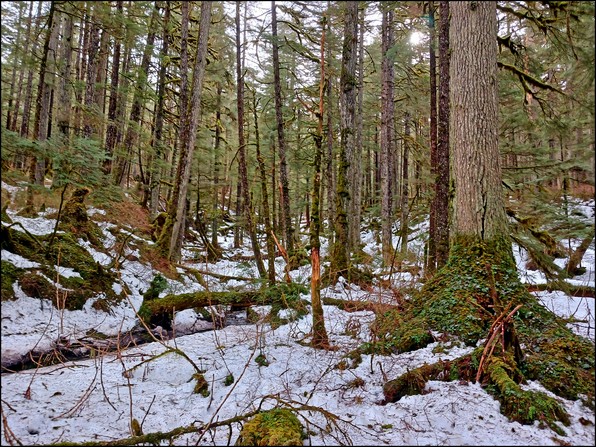
Massive Glacier Bay National Park and Reserve is also a dramatic part of Alaska’s Inside Passage. It’s located at the northern end of the region, covering 3.3 million acres. As its name implies, it’s full of glaciers, as well as massive icefields, high rugged mountains, icebergs, rivers and loads of wild life. Glacier Bay NP is part of an even larger 25-million-acre World Heritage Site.
Besides gazing at massive glaciers and icebergs, visitors flock to Alaska’s Inside Passage to witness frenzied salmon spawning, which occurs from spring through autumn. Five different species of salmon return annually to the region’s plentiful rivers to spawn then die.

Salmon attract brown and black bears to feast and fatten up for their winter hibernation. If you’ve ever seen photos of bears scooping salmon out of rivers, there’s a good chance the images came from South East Alaska.
Whales are another major sight excitedly anticipated by visitors to the region. Mainly Humpback, Beluga and Orca whales are seen in the area. Cruise ship passengers may spot them from their ship or by taking smaller whale-sighting trips. Sometimes whales are even sited from shore in the Juneau region.
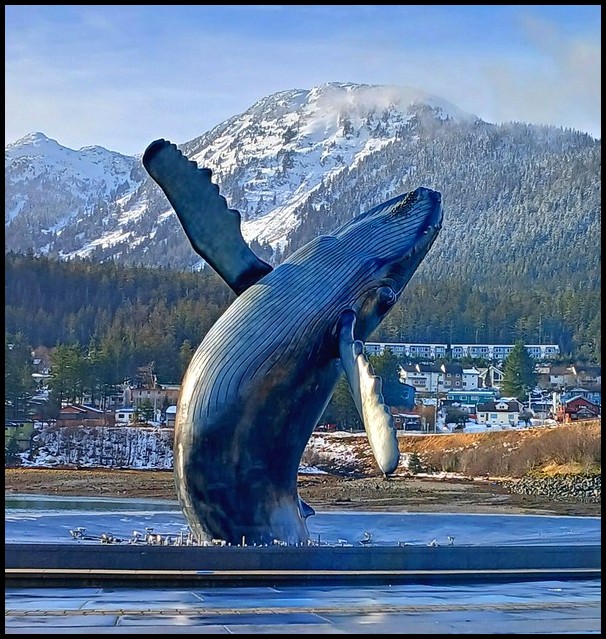
On land, there are hundreds of miles of hiking trails through temperate rain forests, mountains and even on glaciers and icefields. Mendenhall Glacier is accessed by road from Juneau. Historic gold mines can be visited, as well as museums, art galleries and long-standing stores selling native artworks, clothing and other goods.
To sum it up, Alaska’s Inside Passage is a region of spectacular & diverse natural beauty, Math possibilities to see all sorts of dramatic natural phenomenon and some of the world’s largest wild animals.
=============
You might also enjoy:
8 Great Reasons to Visit Juneau – Alaska in Winter
13 Surprising Facts about Alaska
==================









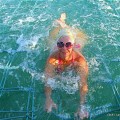


 Hi! I'm Lash, an American nomadic world traveler who's been traveling solo since 1998. I’m passionate about traveling the world nomadically and then sharing it all with you. I hope to inspire you to travel the world, to entertain you with tales from the road, and to help you reach your travel dreams. Welcome!
Hi! I'm Lash, an American nomadic world traveler who's been traveling solo since 1998. I’m passionate about traveling the world nomadically and then sharing it all with you. I hope to inspire you to travel the world, to entertain you with tales from the road, and to help you reach your travel dreams. Welcome! 




1 pings
Introduction to Indigenous Alaskan Tribes of Southeast Alaska - LashWorldTour
2024/03/26 at 7:30 am (UTC 8) Link to this comment
[…] « All About Alaska’s Spectacular Inside Passage […]